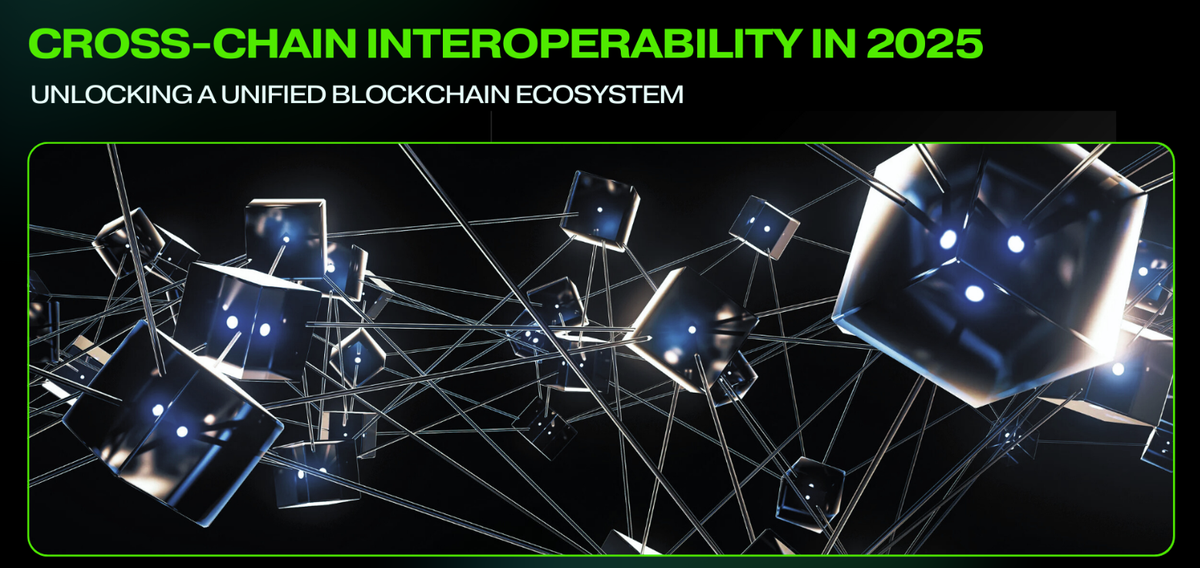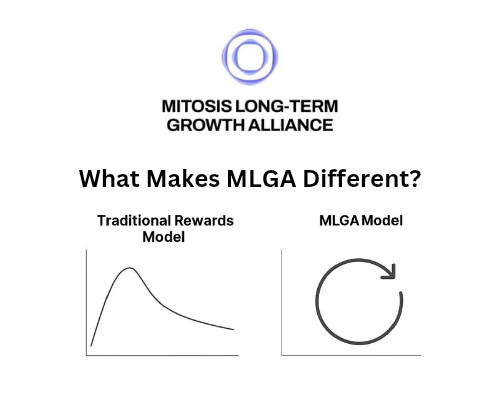Modular Meets Multichain: How Mitosis Can Elevate Its Cross‑Chain Composability

Introduction
In Summer 2025, interoperability is becoming more than just a buzzword - it's a necessity. With the rise of LayerZero, Chainlink CCIP, Cosmos IBC, and Polkadot XCM, developers are building protocols that talk to each other, trustlessly.
This trend is great news for modular ecosystems like Mitosis, which thrives on composability. But the question remains: how can Mitosis evolve from modular to multichain modular?
In this article, we’ll explore the current state of interoperability protocols, examine the architectural fit with Mitosis dApps, and propose strategic paths for multichain expansion.
The Rise of Interoperability Protocols
Here are some of the leading solutions powering multichain Web3 today:
| Protocol | Focus | Key Use Case |
|---|---|---|
| LayerZero | Omnichain messaging | Bridging NFTs, token liquidity |
| Chainlink CCIP | Cross-chain smart contract communication | Oracle-based secure interoperability |
| Cosmos IBC | Inter-Blockchain Communication | Modular rollups with instant finality |
| Polkadot XCM | Message passing between parachains | Flexible, nested chain messaging |
These solutions are shifting the Web3 paradigm from isolated L1s to interconnected modular rollups - making interop a core layer of dApp design.
Why It Matters for Mitosis
Mitosis already supports a modular structure: vaults, routers, miAssets, and apps like MikadoHUB and YieldKingZ.
But without seamless cross-chain interoperability, these dApps can’t fully scale. Here’s how today’s trends align with Mitosis:
| Interop Trend | Mitosis Relevance |
|---|---|
| Cross-chain Vaults | Matrix Vaults that auto-route between chains |
| NFT Transfer | Mikado raffle NFTs bridged via LayerZero |
| Yield on Any Chain | YieldKingZ supports assets from multiple ecosystems |
| Modular Messaging | Morse DAO proposals that trigger on other rollups |
This makes Mitosis an ideal candidate for omnichain expansion.
How Mitosis Can Go Multichain
Here’s a roadmap of what could make Mitosis a flagship interoperable ecosystem:
1. Matrix Vaults: Cross-Chain Routing
🔁 Let users deposit on Chain A and earn on Vault B
- Integrate with LayerZero or Axelar to support message-based asset transfers
- Use maAssets as liquidity certificates to move data, not tokens
- Example: Stake ETH on Ethereum → auto-routed into Mitosis Arbitrum vault
2. NFT Gaming: Mikado x Interop
🎮 Launch Mikado mini-games with NFTs that evolve across chains
- Mint NFTs on one chain, use on another (Polygon ↔ Base)
- Collaborate with Stargaze, Zora, or OmniChain NFTs
3. DAO Governance Across Chains
🧬 Cross-chain Morse DAO governance
- Use zkProofs or CCIP to prove proposal results across Mitosis rollups
- One Morse vote → Triggers vault upgrade on another chain
Strategic Collaborations to Explore
| Project | Why It Fits |
|---|---|
| LayerZero | Already widely adopted, NFT-compatible |
| Cosmos SDK/IBC | Good for modular rollup integration |
| Hyperlane | Offers permissionless interop for modular chains |
| Wormhole x Circle CCTP | Supports wrapped & native stablecoin transfers |
Mitosis could co-launch campaigns like “Bridge-to-Earn,” “Omnichain Raffles,” or “Vote-From-Anywhere” as adoption incentives.
Conclusion: Modular ≠ Isolated
As Web3 evolves, modular alone isn’t enough. Ecosystems must become modular + multichain to thrive.
Mitosis already has the building blocks:
- Vaults for liquidity
- miAssets for abstraction
- dApps like Mikado, YieldKingZ, Morse DAO for interaction
Now’s the time to plug into the global liquidity mesh - and lead the next wave of interoperable modular design.
📌 Stay modular. Go multichain. Own the edge.

Comments ()